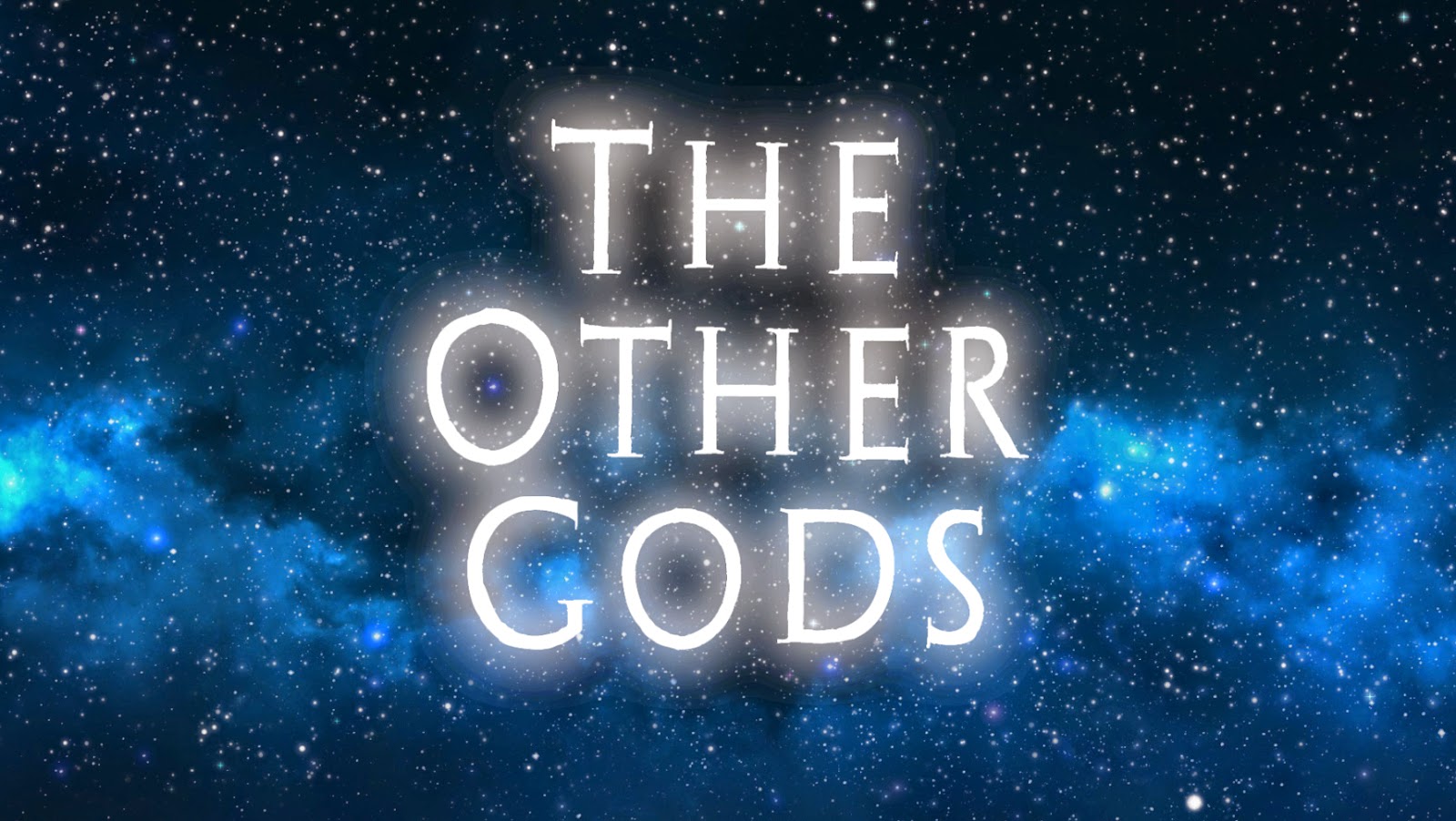Since the "gods" of Lovecraft's short story aren't defined as any of the recognizable critters of the later Cthulhu Mythos, I felt that I didn't have to adhere too strictly to descriptions of any certain creature. I did, however, include the avatar of Nyarlathotep, also known as "The Howler In the Dark", "The God of the Bloody Tongue", etc, since I had already built that puppet. I made it for my Lovecraftian Alphabet film, but didn't include it in the end.
You can find a complete description of how that puppet came to be HERE.
One of the puppets built specifically for "The Other Gods" is my version of Shub-Niggurath, “The Black Goat of the Woods with a Thousand Young”. This cosmic horror is, like most Lovecraftian beings, just too terrible to be described, so the puppet had to be something quite simple. I hope it'll still be spine-tingling enough.
This is a miniature skull I did years ago as a piece of LARP jewelry. I sculpted it in Chavant clay and made a Dragonskin silicone mould for it. I thought it might do as the naked skull of Shub-Niggurath.
It didn't have a lower jaw, though, so I made one in Monster Clay.
Testing it out against the plastic skull, so the teeth will overlap and interlock properly.
And here's the final plastic cast, joined to the skull with two bits of aluminum wire. I chose to tint the plastic a tan colour, since it would make a good base colour for the aged look I wanted for the finished skull.
I decided to give her a "skirt" of tentacles, while her torso had two human-looking arms. These tentacles are aluminum wires wrapped in thick soft string, and then dipped in latex.
The tentacles are stuck to the rest of the wire armature with melted Friendly Plastic, and the middle is covered up with cotton and tinted latex. Before the cotton dries too much you can sculpt wrinkles into it using a thick needle.
The body is padded with bits of old cushion foam, and then covered with the cast latex skin of the chest and belly. In the center of the tentacles is a support rod with a wing nut for attaching the puppet to the animation stage.
More bits of cast textured latex skin cover the rest of the body, including the back. Small tentacles around the waist were created by mixing latex and Cabosil micro balloons into a butter-like paste, which I could roll between my thumb and index finger to make the shapes. The same technique was used for the outgrowths on the back.
Here's the finished puppet, with a base paint of PAX (acrylic paints and Prosaide glue), and then touched up with Liquitex acrylic airbrush paints.
I also gave her a long tongue made the same way as the skirt tentacles, so she can "kiss" the head tentacle of Nyarlathotep by wrapping them together. Isn't love beautiful??































